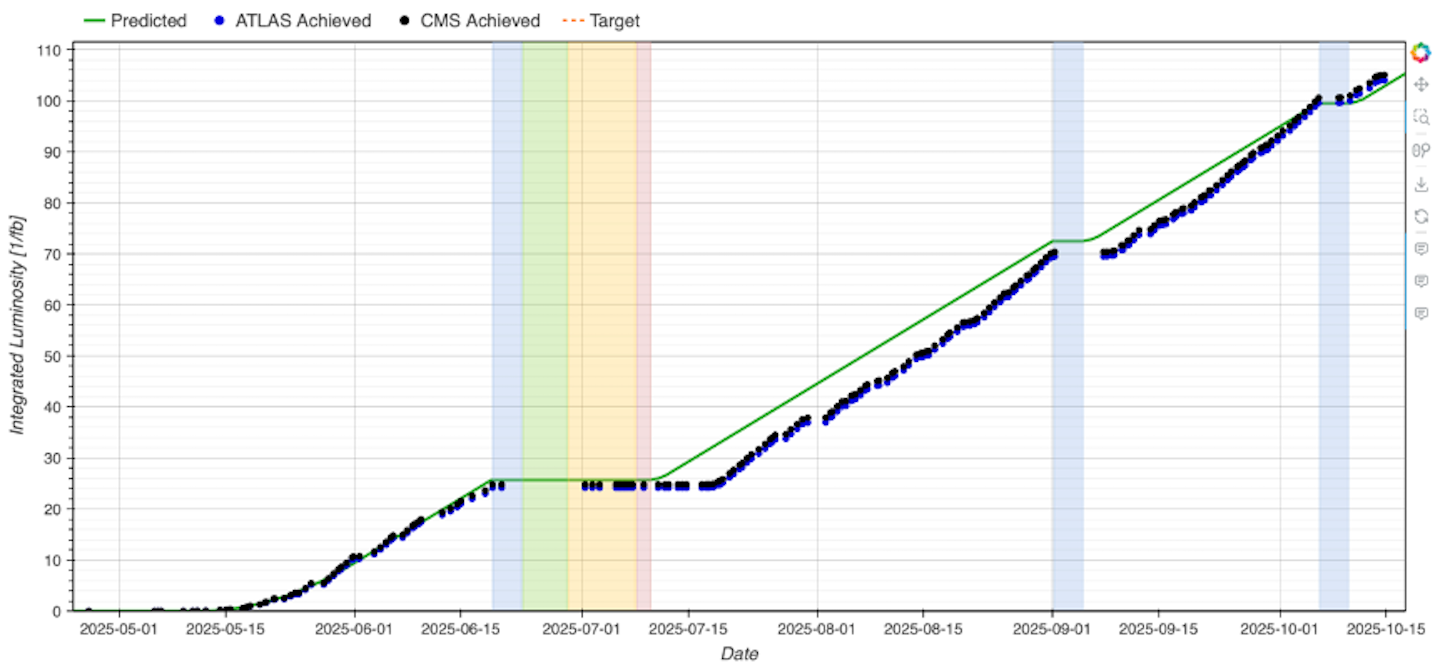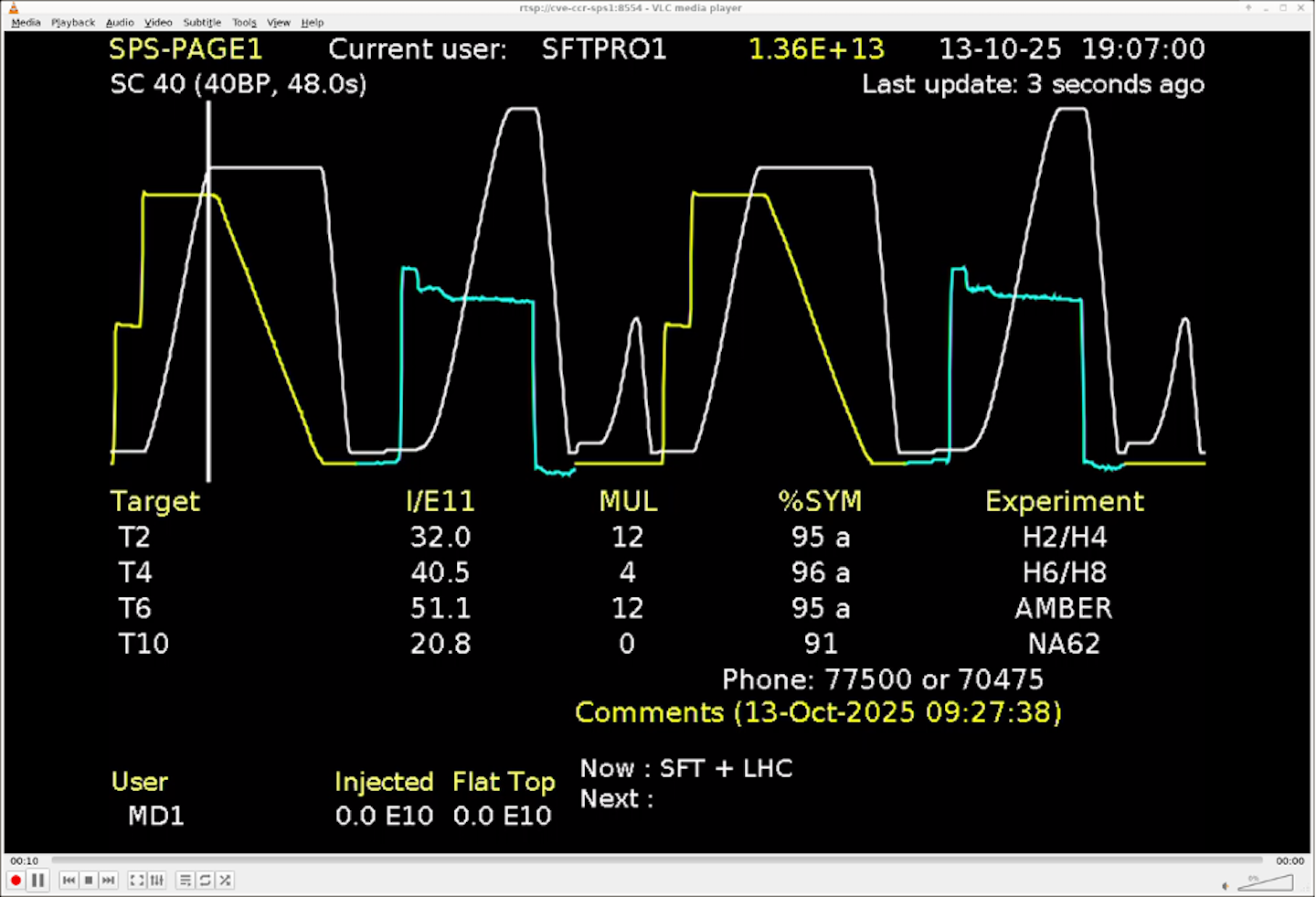In the morning of 6 October, just a few hours before the start of the four-day machine development (MD) block, the LHC beams were dumped after a minor instability in the cryogenic system at Point 2. Fortunately, the issue was resolved swiftly and the recovery was quick, allowing the MD programme to begin as planned.
The final fill before the MD block proved particularly rewarding, as it brought the total integrated luminosity above the forecast curve and pushed us past the symbolic 100 fb⁻¹ mark. With the 2025 target of 120 fb⁻¹ now just 20 fb⁻¹ away, the finish line is in sight, but the race is not yet done. Following the slightly ahead-of-schedule completion of the MD block in the evening of 9 October, only 24 days remained until the end of the 2025 proton run on 3 November. Achieving the goal is challenging but within reach, provided the machine availability remains high and no unexpected glitches occur.

Following a proposal presented at the LHC Machine Committee (LMC) on 9 September, and subsequently confirmed at the LMC meeting on 8 October, it was decided to allow a gradual increase in bunch intensity from 1.63×10¹¹ to 1.70×10¹¹ protons per bunch.
If this increase proceeds smoothly, the plan is to continue raising the intensity towards the proposed 1.75×10¹¹ protons per bunch. This value is expected to represent the upper limit achievable with the current filling scheme, while remaining within the maximum electron-cloud-induced heat load that the cryogenic system can safely handle for the moment.
Meanwhile, the machines in the injector chain have again demonstrated excellent beam availability for the fixed-target physics programme in recent weeks. The lead-ion beam has been fully recommissioned in Linac3, LEIR and the PS, and the focus has now shifted to the SPS, which is preparing the lead-ion cycles for both the LHC and the North Area fixed-target experiments.
The SPS received lead ions for the first time in 2025 on 13 October. As I write, the SPS has just completed its first two ten-hour parallel commissioning blocks, during which the initial few bunches were successfully slip-stacked.

The remainder of the SPS lead-ion recommissioning will continue during three dedicated ten-hour commissioning slots on 15 and 29 October and 5 November, before sending the lead ions to the LHC for recommissioning prior to the physics run.
